Meth Road: Following the drug ice from Myanmar to Australia
More than 9 tonnes of it were consumed in Australia in 2022. Conor Woodman travels to ground zero – an Asian narco state – to see the drugs that will soon be for sale on the streets of Brisbane, Sydney and Melbourne.
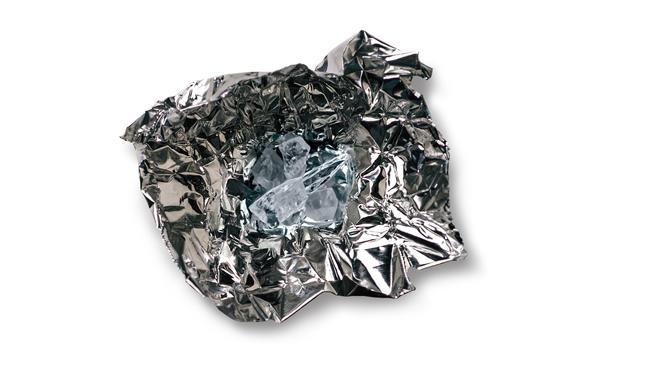
We’re driving deeper into the jungle. I have a T-shirt tied tightly over my head so that I can’t see where we’re going. I’m anxious, not because I’m disorientated but because I’ve had to hand over my phone. I hate the feeling that I can’t contact anyone. The man sitting up front in the vehicle insisted I give it to him on account of the GPS tracking that’s built into it. Now he’s removed the SIM card and says he’ll hold on to it until we return to town. He is clear that his priority is that I will never be able to recreate this journey, never be able to locate the place he and his colleagues are about to show me.
Inside this sweaty blindfold, my mind drifts back to a morning a couple of years before. It was the morning when this whole journey started, although I didn’t realise that at the time. I was sitting at a friend’s kitchen table in Los Angeles eating pancakes when my phone pinged with a WhatsApp message. It was from a TV producer I knew who lived in Bangkok.
I’ve worked all over South-East Asia, mostly on stories revolving around crime and drugs, and I still have friends and colleagues dotted around who stay in touch. This particular friend was now working for a major US TV network on a series about drugs. The American director of the episode she was producing wanted to film inside a “real meth lab”. My friend’s message explained that two nights earlier she’d crossed over the border from Thailand into Myanmar’s Shan State to meet a criminal informant who was promising to help make the necessary introductions to get access. Her next message was a little more alarming. “Switch to Signal,” the message said. “Things here are f..ked up.” Signal is an encrypted message service that can be set up so that every time you send a message, it can be read for only a few seconds before it’s deleted from your phone and every server everywhere, so that nobody can ever read it again. It’s what people use if they think someone might be listening in to a conversation – as I guess they might be if you’re doing a story about meth labs in Shan State.
I didn’t know much about Shan State back then, other than it was one of the most dangerous places on Earth. I knew that Myanmar, or Burma as it was once called, had been at war with itself for 60 years, ever since the military overthrew the government and declared a junta. Looking at a map, you’ll see right away that Myanmar is mostly impenetrable jungle, divided up into various states and regions, some of which are semi-autonomous.
Some states in the country’s east, Shan State and Wa State in particular, never much liked the idea of being ruled by the government in the capital – first Yangon, and since 2005 Naypyidaw – and rebelled. The Shan and the Wa people have been at war with each other and the central government ever since. But waging war is an expensive pursuit. It’s long been thought that the armies fighting the Myanmar government – including the Shan State Army and the United Wa State Army – have funded their efforts by selling drugs. Drugs buy guns, guns shoot enemies, and internal civil war rages.
My friend explained that she had been meant to rendezvous with her criminal informant that morning in a village deep in Shan territory but his body had been discovered by Thailand’s Drug Enforcement Administration in a border raid. She had good links to the Thai DEA and one of the officers had been kind enough to let her know that “her boy” had been coldly executed. He sent her a photo as proof. When she forwarded the photo to me, it put me right off my pancakes.
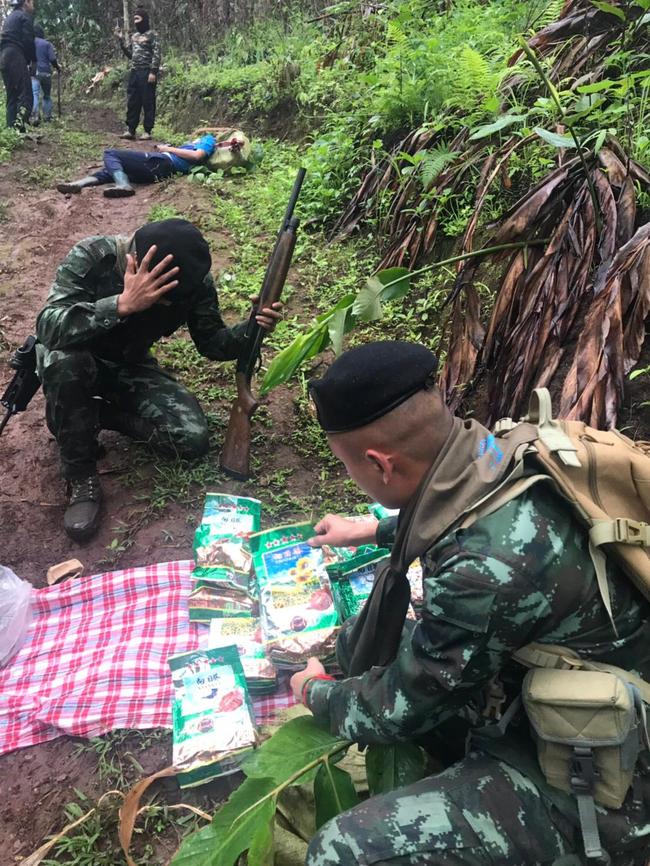
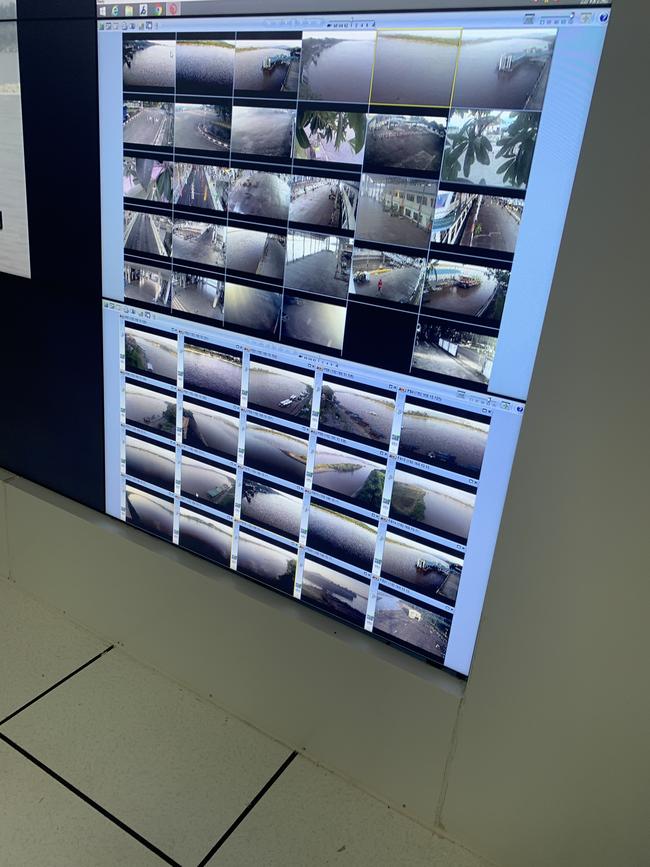
Back across the border in Thailand, everyone from the American TV network she was working for was freaked out. The producers back in New York pulled the story, deciding that going into Shan again was too dangerous. For the time being, the secrets of Shan’s jungle meth labs would remain just that – secrets.
I had my own ideas. I began to read more and more about Myanmar. I became fascinated with how exactly a war had continued to rage in the jungles of an underdeveloped country fuelled by the profits of the international drug trade. I became increasingly curious about why so much of that money was flowing in from Australia, a country that has no obvious historical or cultural links to Myanmar.
In Australia the situation with meth – also known as “ice” – is dire. Use of the drug, which dipped briefly during the Covid pandemic, has risen again to pre-pandemic levels. More than 9 tonnes of it were consumed in Australia in 2022; 500 people died from taking meth and another 12,400 people were hospitalised. Just when the need for rehabilitation has never been higher, the country’s ability to provide it is at breaking point. Waiting lists are so long that addiction centres are turning away new applicants. St Vincent’s Hospital in Sydney, one of the nation’s leading drug-rehabilitation centres, has a waiting list of more than 100 people.
I’d been working on the story for months, and was exhausted from all the travelling and negotiating. So far, every attempt to meet a meth cook or see a lab for myself had been thwarted by the secret police or an army checkpoint. Now, at the urging of one of my contacts, we had left the town of Tachileik on the Thai border and flown to the Shan capital, Taunggyi, to meet a man who will escort us on the four-wheel drive journey into the jungle to finally witness a meth lab operation.
We take a road going east for four hours before we turn south, heading into the jungle. Sitting next to me, my translator – a Burmese man who goes by the Anglo name Michael – is unusually quiet. When we’re blindfolded, the journey suddenly feels rougher as the LandCruiser jerks and jolts over potholes. Then I hear an instruction from the Taunggyi man and Michael takes off my blindfold.

When my eyes adjust, all I can see is dense forest on both sides and a dark red track out in front of us. Michael starts chirruping in Burmese to the man in the front seat, who grunts and harrumphs a couple of replies. Michael translates for me. We are close to our destination, he says. Pretty soon, there will be no more road and we’ll have to walk the rest of the way to the jungle lab.
Twenty minutes later, the vehicle stops and I can see a group of people sitting around a makeshift camp: there’s a tarpaulin thrown up between a couple of trees, and a metal pot hanging over a smoking fire. Half a dozen tired-looking people gaze over in our direction, their faces an odd mix of curiosity and removal.
The Taunggyi man opens the door on Michael’s side and ushers him out. They briefly confer with a large man who seems to be the camp boss, and when Michael returns to the car he informs me that the plan has (yet again) changed. The large man says there’s no way I can go to the lab – my white skin will draw too much attention. What he is prepared to do is allow Michael to go and make a video of what they are doing there. But there is another condition: the video must be shot on his own phone, and I can only watch it when they return. After that, the phone and the video must remain in the jungle.
With a sigh, I agree. There is nothing more to be done as I have zero leverage.

Four hours later, the sun is low in the sky and the mosquitos are biting. Some of the guys around the camp have fallen asleep and I’m worried that if Michael doesn’t return soon I’ll have to sleep in the car. But then, an hour after sundown, he returns, stumbling into the camp behind the Taunggyi man and the large man. His face looks drawn, worn down perhaps by the stress of the situation, probably wondering if he would ever make it back here. He nods sadly to me as he enters the clearing and collects a water bottle from the car. I can see beads of sweat on his forehead, and his clothes look damp. It seems like wherever the lab was, it was quite a trek from here.
“Did you see everything?” I ask.
“I saw everything,” Michael replies, downing the water in one go. “The den where they are working is far from here, in the jungle.”
The large man hands me his phone. He has opened a video, which he invites me to play. I move back to the car, setting the screen down on the dashboard so that I can watch and hear everything, then I hit play.
The footage seems to have been recorded by the large man as he follows Michael through dense forest, into a clearing, where a group of local Burmese people are busy working. Everyone looks up briefly, noticing the phone, seemingly curious as to why the boss has turned up with a stranger. I’m surprised to see their faces, having assumed that they would be wearing masks to protect themselves from breathing in noxious chemicals.
The large man continues walking around and the camerawork is distinctly unsteady as he moves past the people, past a pile of blue plastic drums. Finally he reaches a tarpaulin that looks like it’s been tied between the trees, forming a sort of awning against a rocky overhang that leads into a shallow cave.
“That is the den,” Michael says. I hadn’t heard him get into the seat behind me but now he’s watching the video over my shoulder. “Now you can see the machine.”
At the entrance to the den, I can see more blue plastic drums and sacks of chemicals stacked to one side. There are a dozen people moving around, getting in the way of the shot. Two men hold a sack over a large metal container while a woman uses a tool to scoop out kilograms of white powder.
My attention is drawn to a machine in the centre of the den. The machine is industrial in appearance. The image that I’d always had in my head was that it would look like a bigger version of a school chemistry lab, but what I’m looking at is entirely different. As the large man scans the camera around the inside of the den, I can see that there are no glass bottles, no glass condensers, no plastic tubing or round-bottomed flasks. This is entirely more sophisticated than I’d imagined.
The lab has been set up by someone who knows what they’re doing and has spent a lot of cash doing it. First, there is a large, shiny metal tank, like a hot-water tank that you might see in a laundry cupboard. It’s hard to be sure but I’d guess it holds around 200 litres. The wall of the tank is covered in red Chinese symbols and has several metal valves sticking out of it. Running from the top is a long metal tube, like an air-conditioning pipe, which runs horizontally and then connects at the top of another metal tank, which is smaller, roughly a third of the size of the big tank, and shaped like an egg. This I recognise as a batch reactor.
”How much can this one produce?” I ask the large man, who is now watching the video with us. Michael translates. He explains that the machine works to order; a typical order from a customer is between 50 and 200 kilograms of meth. The machine can run 24/7 for a week or two to produce the required quantity of the drug. Each kilogram is carefully weighed and packaged for export in a green-tea package. The large man says that he doesn’t know how it reaches Australia, only that he sends it to a place outside Tachileik and from there it is smuggled over the border into Laos.

The remainder of the video focuses on a pile of finished product – maybe 100 kilograms of it. It’s more meth than I’ve ever seen in one place. It seems bizarre to me that a kilometre or so from where we are now, in a corner of a cave in a dirt-poor corner of a war-torn jungle, there is a pile of drugs that would be worth more than $100 million in Sydney.
“Who owns all this?” I ask. “Who is making the money from this?”
Michael shifts uneasily in his seat as he translates my question for the large man.
“The one who owns this machine,” comes the reponse. And then: “The one who owns this machine, he is Wa.”
This is the smoking gun that I’ve travelled to find. The United Wa State Army and its political wing, the United Wa State Party, have consistently denied that they have any involvement in meth production.
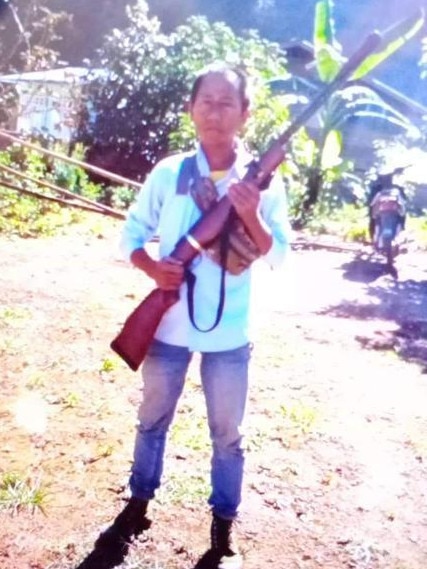
Of course, agencies such as the Australian Federal Police have called this out as untrue but still the Wa have maintained their line in the absence of hard evidence. Well, here is that evidence. I don’t know whether to feel elated that I’ve found what I’ve spent so long looking for, or sad to be confronted with the cold reality that organised criminals have seemingly found the perfect crime. I can’t see any way, short of military action, that this enterprise can be put out of business. As long as there is demand for meth, jungle meth labs like this will operate day and night to meet it.
I’ve come to one end of the Meth Road, ground zero, the source of the drugs that will soon be for sale on the streets of Brisbane, Sydney and Melbourne. It seems incongruous, but here, deep in the jungles of Myanmar, is the place where drug lords exploit political turmoil to turn huge profits. b
This is an edited extract of Meth Road by Conor Woodman (Allen & Unwin)

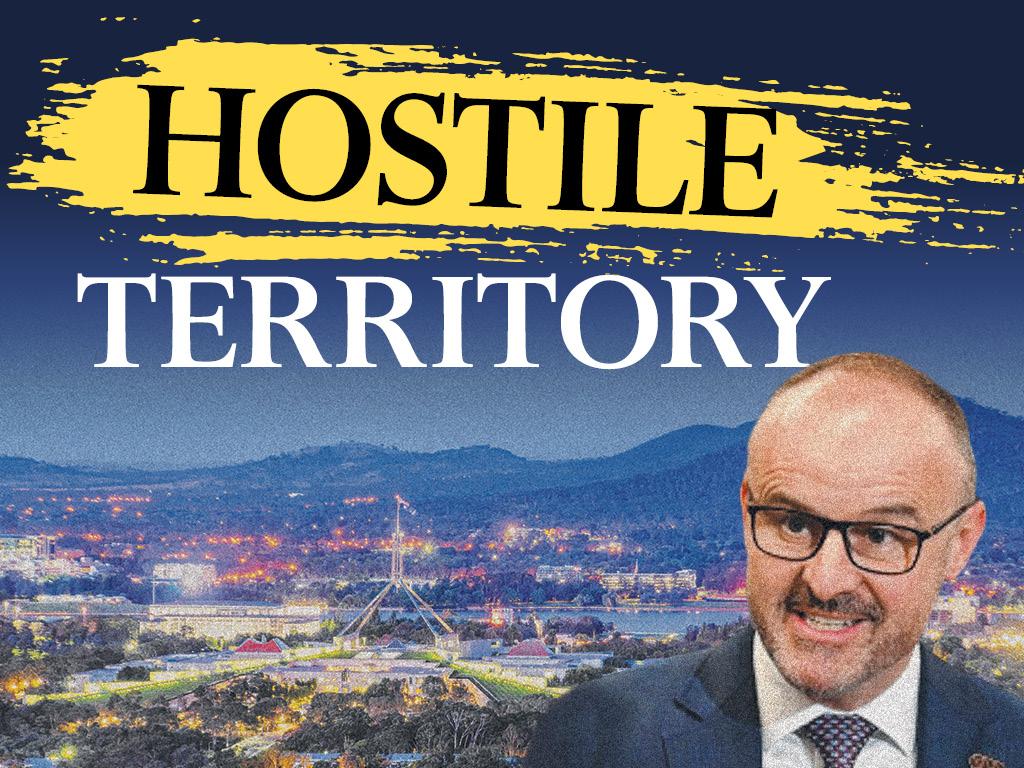


To join the conversation, please log in. Don't have an account? Register
Join the conversation, you are commenting as Logout